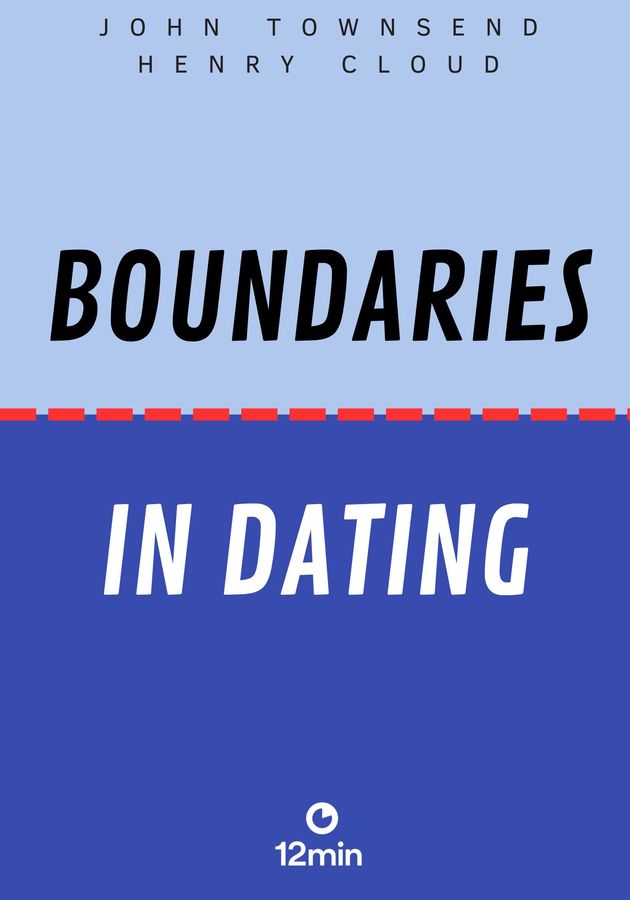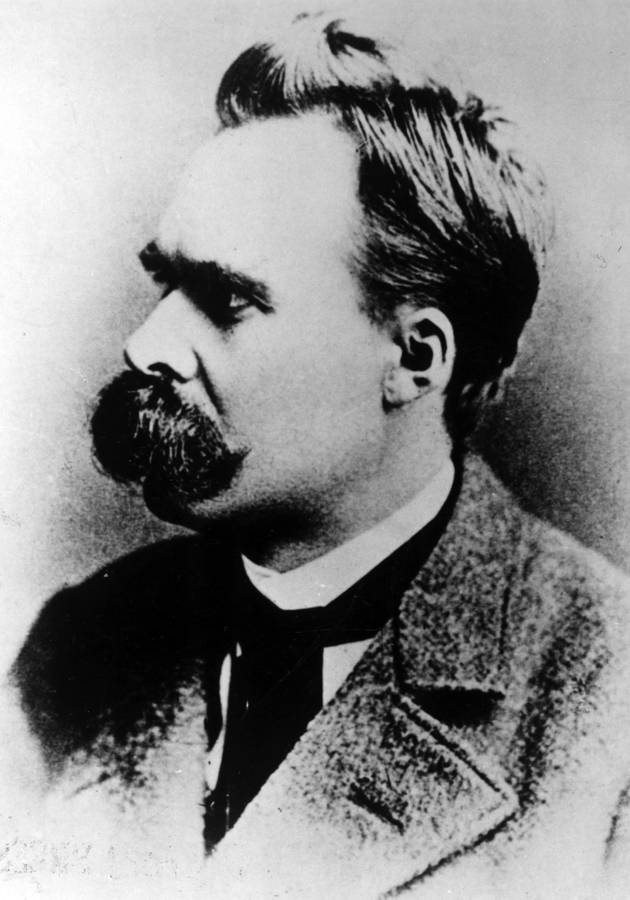“This is a book for readers and for those who wish to become readers,” Mortimer J. Adler and Charles Van Doren write in the introduction to “How to Read a Book.” “Particularly, it is for readers of books. Even more particularly, it is for those whose main purpose in reading books is to gain increased understanding.” If you are one of them – get ready to discover the essence of active reading and learn how to master its four levels!
The three goals of reading
In the opinion of most people – and especially when contrasted to writing and speaking – reading and listening are passive activities. The writer or speaker must put out some effort: they are actively engaged in giving or sending information; by comparison, no work needs to be done by the reader or listener, because they are mere receivers of data.
“The mistake here is to suppose that receiving communication is like receiving a blow or a legacy or a judgment from the court,” Adler and Van Doren remark. “On the contrary, the reader or listener is much more like the catcher in a game of baseball.” In other words, reading requires just as much active effort as writing.
Of course, this is not always true as sometimes we read for more superficial reasons than personal development. That’s why it’s important to make a distinction between the three most common goals of reading: entertainment, information, and understanding.
- Reading for entertainment is the least demanding kind of reading – it requires the least amount of effort and, by definition, there are no rules for it.
- Reading for information is a bit more difficult. We do it to acquire facts and see more of the world. Think about newspapers, magazines, or, really, anything else that – according to your skills and talents – is at once thoroughly intelligible to you.
- Reading for understanding requires getting out of your comfort zone and making a cognitive leap. It is unpleasurable at times, but it pays hefty dividends, for it contributes to the alteration of your perception and worldview. “How to Read a Book” is a guide for this kind of reading.
The four questions of active reading
The goal readers seek determines the way they read and the effort they put into reading. If your goal is seeing the world anew, then the general rule is the more effort the better – “at least in the case of books that are initially beyond our powers as readers and are therefore capable of raising us from a condition of understanding less to one of understanding more.”
In essence, the art of active reading consists in the habit of asking the right questions in the right order. There are four main questions you must ask about any book:
- What is the book about as a whole? Before anything, you must try to discover the leading theme of a book and how the author develops it in an orderly way.
- What is being said in detail, and how? Then, “you must try to discover the main ideas, assertions, and arguments that constitute the author’s particular message.”
- Is the book true, in whole or part? Only after understanding what the book says, you can decide whether it is true or not. Everything else is either a misinterpretation or, worse, prejudice.
- What of it? Or, even better, how significant is the information shared by the author of the book? Why does the author think it is important to know these things? Is it?
These four questions appear at all but the first of the four levels of reading – which, though distinct, are also cumulative. So, think of them as ladders: only after mastering the first one, you can move on to the second one and so on. According to Mortimer and Van Doren, there are four levels of reading: elementary, inspectional, analytical, and syntopical. So, let us discover what each of them entails and how to master them one by one.
Level 1: Elementary reading
The first level of reading is elementary – or rudimentary – reading. If you’re reading this, then you’ve already mastered it: you have learned the rudiments of the art of reading and have acquired initial reading skills. Simply put, elementary reading is what elementary school trained you to do.
At this level of reading, none of the four main questions of active reading matters; instead, they give way to a far more basic question: “What does the sentence say?” Of course, you can answer it correctly only if you know all the words in the sentence and the way they connect to each other. Sometimes, this isn’t easy at all, as, for example, when you come upon something written in a foreign language. But even then, the difficulties are mechanical – nothing that a good dictionary and a useful grammar can’t conquer.
Most speed-reading courses concentrate on elementary reading. They tend to help readers overcome some basic mechanical difficulties, such as subvocalization, eye fixations, or reading regressions. In some cases, this is detrimental because, when you read for understanding, you often need to reread things; however, in many other cases, speed-reading is not bad, because not every text deserves to be read actively and with a lot of effort. “Every book should be read no more slowly than it deserves, and no more quickly than you can read it with satisfaction and comprehension,” write Adler and Van Doren.
Level 2: Inspectional reading
The second level of reading is inspectional reading. As the name suggests, it aims to get the most out of a book within a given time, usually relatively short. An even better name for this level – and certainly more comprehensible – might be prereading or even skimming, because, in essence, “inspectional reading is the art of skimming systematically.”
It doesn’t take too much time to acquire the habit of systematic skimming. Just stick to the following six steps:
- Look at the title page and the preface. This should give you a good idea of the subject of a book and allow you to place it in the appropriate category.
- Study the table of contents. By doing this, you’ll obtain a general sense of the book’s structure. This is an important step that most readers skip. Don’t make the same mistake: use the table of contents as you would a road map before taking a trip.
- Check the index. If the book has one, glance through it to see which terms are crucial and look up at least some of them on the pages cited.
- Read the publisher’s blurb. Many blurbs are sheer puffery, but some are good and even written by the authors themselves. If the blurb offers nothing of value, then think twice before reading the book: maybe it doesn’t say anything of importance as well.
- Skim pivotal chapters. You should be able to know which chapters are pivotal after completing the first four steps. Spend no more than a few minutes inspecting them.
- Turn the pages, dipping in here and there. Try to find the highlights, read a paragraph or two, experience the book’s style. Above all, focus on the first and the last few pages: most authors can’t resist the temptation to share and sum up their most important points there.
When you read inspectionally, you are basically a detective, “looking for clues to a book’s general theme or idea, alert for anything that will make it clearer.” When the book is very difficult, think about reading it twice: the first time superficially, without stopping to look up or ponder the things you do not understand right away. This is also inspectional reading.
Level 3: Analytical reading
Analytical reading is methodical, demanding, and is done preeminently for the sake of understanding. “If inspectional reading is the best and most complete reading that is possible given a limited time,” observe Adler and Van Doren, “then analytical reading is the best and most complete reading that is possible given unlimited time.” It encompasses three stages, each one coming with its own set of rules.
The goal of the first stage is to find what the book is about. You’ll have mastered it once you are able to:
- Pigeonhole the book according to kind and subject matter.
- State what the whole book is about in a single sentence.
- Enumerate its major parts in their order and relation.
- Define the problem the author has tried to solve.
The second stage of analytical reading is all about being able to properly interpret the contents of a book. More precisely, it means:
- Becoming adept at deciphering the author’s keywords.
- Grasping the author’s leading propositions.
- Knowing the author’s arguments.
- Determining which problems the author has solved, and which has not.
Finally, the third stage of analytical reading is what we commonly refer to as criticism. It requires going beyond the demands of the book. These are Adler and Van Doren’s “rules for criticizing a book as a communication of knowledge.”
- Understand first, criticize later. Do not say you agree or disagree with the author until you can say, “I fully understand.”
- Don’t be a contentious or disputative critic. Rarely is this necessary.
- Recognize the difference between personal opinions and arguments. The latter requires objective reasons.
- Show wherein the author is uninformed, misinformed, or illogical. Show wherein the author’s analysis or account is incomplete.
Level 4: Syntopical reading
The fourth and highest level of reading is syntopical reading. It is the most active and effortful kind of reading, highly complex, and systematic by definition. It involves a skillful combination of all other levels of reading, and – perhaps more importantly – more than the book in question. “When reading syntopically,” write Adler and Van Doren, “the reader reads many books, not just one, and places them in relation to one another and to a subject about which they all revolve.” That’s why another name for this level might be comparative reading.
There are two stages of syntopical reading. The first one is preparatory and involves creating a tentative bibliography of your subject and inspectionally leafing through it. The second one is the actual reading, which consists of five steps:
- Finding the relevant passages. And by “relevant” we mean “relevant to you”: syntopical reading is not about the books you read, but about your concerns with them.
- Bringing the authors to your terms. Force the authors to use your language – translate what they say in your words.
- Getting the questions clear. Shed some more light on the subject by asking new and better questions than the main four.
- Defining the issues. Compare how different authors answer the same questions.
- Analyzing the discussion. Finally, try to find new answers in the conflict. Try to be as objective as possible.
Final Notes
With half a million copies in print, “How to Read a Book” is undoubtedly the most successful guide to reading comprehension for the general reader.
It is also, arguably, the best: not many people would consider this an exaggeration. And that already says a lot.
12min Tip
Look for books that will challenge your way of thinking. It’s the best way to break your “echo chamber” and grow.





























